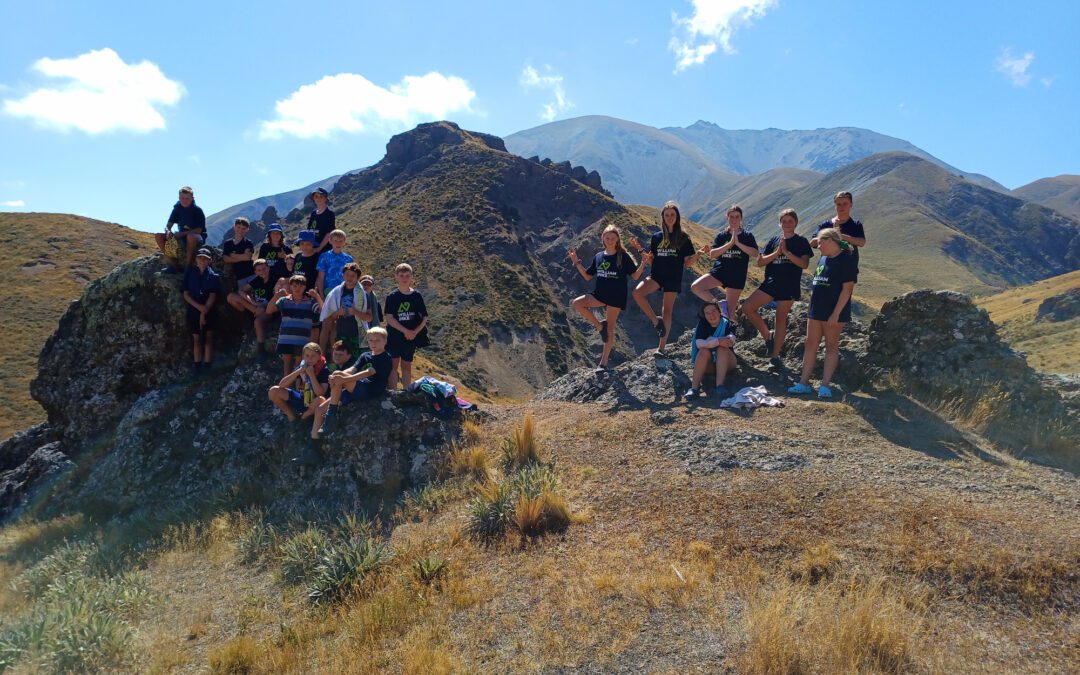Why getting our tamariki outdoors isn’t just a nice-to-have – it’s a must-have!
Let’s be honest – many of today’s tamariki would sooner climb the levels of Minecraft than a tree. And fair enough – the digital world is enticing and addictive. But there’s a cost. We’re raising a generation less connected to nature than ever before. That’s not just a nostalgic concern from those of us who grew up roaming until the streetlights came on – it’s backed by science.
A study out of Finland (where they know a thing or two about long winters and the need for outdoor time) found that outdoor adventures significantly boost young people’s wellbeing and their connection with nature. Effects of Outdoor Adventures on Emerging Adults’ Well-Being and Connection with Nature by Riikka Puhakka is one of many pieces of research confirming that time spent in nature isn’t just good for the soul – it improves confidence, resilience, social connection, and even cognitive functioning.
Back home in Aotearoa, we know that Education Outside the Classroom (EOTC) isn’t a new idea – it’s embedded in our New Zealand Curriculum. Authentic learning, where tamariki engage in real-world contexts, is a powerful way to spark curiosity and build lifelong skills. Outdoor learning is experiential education at its finest. And yet, in many schools, it’s still seen as an “extra” – something to squeeze in between core subjects if there’s time, budget, and fine weather.
But here’s the issue – when we don’t get kids outside, we miss huge opportunities. Nature provides the perfect setting for real-world education. It’s unpredictable, inspiring, and yes – sometimes muddy. It pushes tamariki to collaborate, solve problems, manage themselves, and step outside their comfort zones. In other words, it builds the kind of resilience we all want to see in our rangatahi.
That’s where the William Pike Challenge comes in. Our programme supports schools across Aotearoa to deliver Outdoor Activities, Community Service, and Passion Project learning experiences – all while ticking off curriculum goals. It’s structured enough to keep schools on track, but flexible enough to work across all kinds of communities and abilities. And with over 30,000 students having completed the Challenge, we know it works.
The outdoors isn’t just a classroom – it’s the classroom. And it’s time we treated it that way.
As Bev Smith, a Hillary Outdoors instructor, puts it:
“The outdoors is a powerful tool in terms of people, sorting out where they are at, in terms of confidence. There are no masks. On a mountain or a rock face, you can’t hide the fact that you are scared. You can’t pretend. In a very short time you can have some intense learning and life-changing situations which would take a long time and a lot of talking to achieve in a classroom. It might never happen at all in a classroom.”
So, whether you’re a teacher, a school leader, or a parent wondering how to get your child off their screen and into the real world – the answer might be waiting just outside the school gate.

Recent Comments